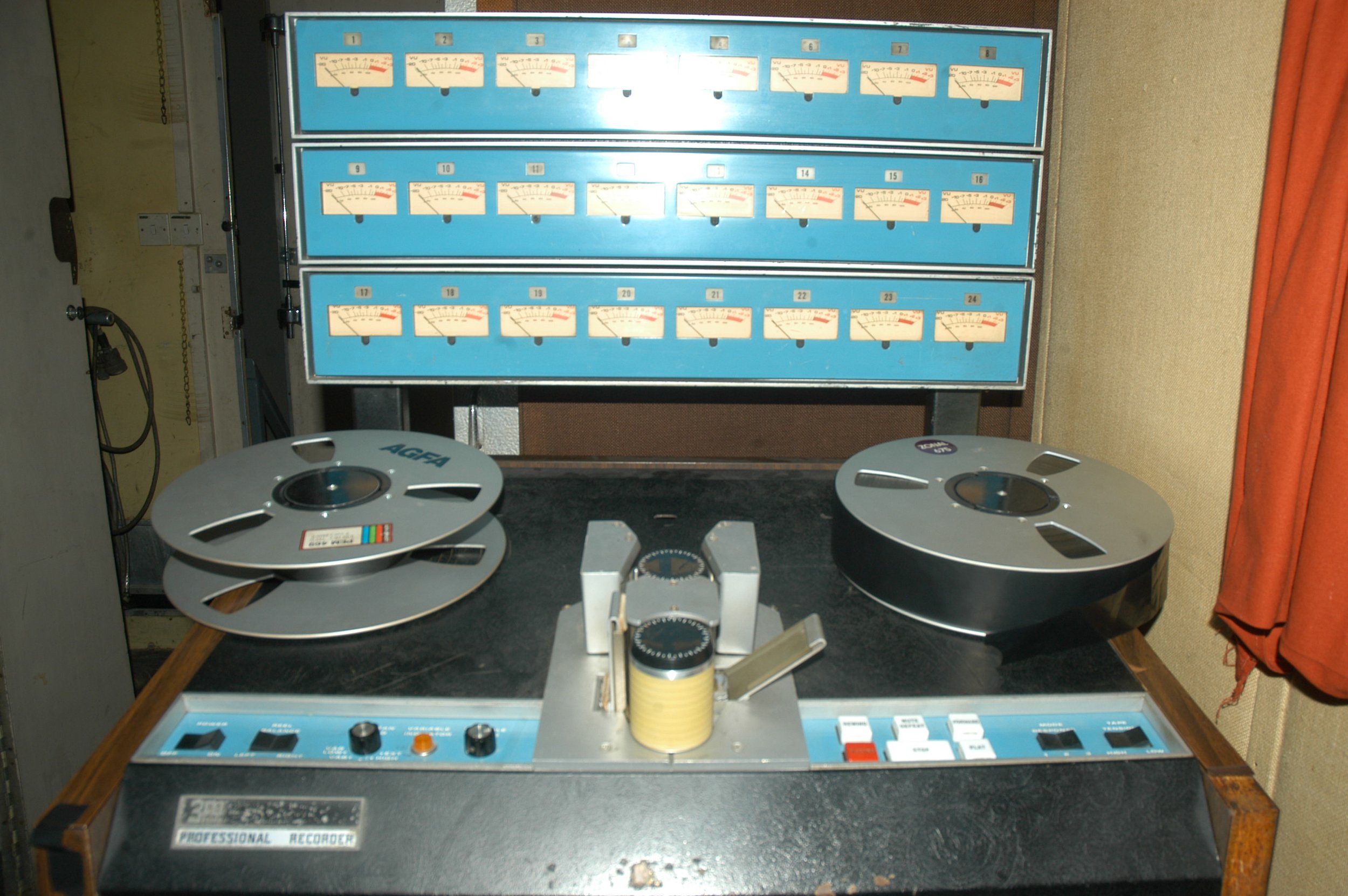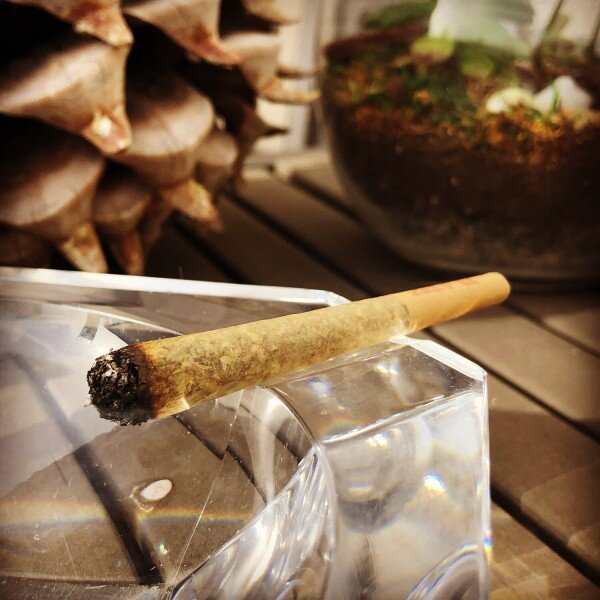by Dave Dormer
New research suggests cannabis use may date back 20,000 years or more, far earlier than previously thought.
Most scholars agree cultivation of cannabis began in Asia between 10,000 and 12,000 years ago, during the advent of farming following the last ice age. But a 2023 morphometric study of ancient cannabis seeds suggests it may have begun far earlier — 20,000 years ago or more — in what is now Western China and the Tibetan Plateau.
The study looked at the size of seeds, which began to change as people started using them thousands of years ago.
People have been living in the Tibetan Plateau for up to 38,000 years, and in Central Asia for up to 50,000 years, so it is plausible cannabis has been used up to that long.
Cannabis has been around for millions of years, and the oldest plant material discovered so far is seeds dated to 8000 BC, found in Okinoshima, Japan at a neolithic site linked to the Jomon people. The seeds were likely used as food and to make oil.
Pottery found at an ancient archaeological site in Taiwan and dated to the same period, around 8000 BC, has impressions made with hemp cord, meaning cannabis was used widely across Asia by that time.
Along with using it as a source of food, the 2023 study suggests that by 6000 BC, cannabis was being cultivated for its fibre — what we now call hemp. It was around 3000BC that people began selecting cannabis for its trichomes, which contain the medicinal and psychoactive compounds.
Those findings align with a 2021 genomic study that also places domestication around 10000 BC, with a slightly different timeline — hemp selection beginning around 4000 BC, and medicinal/psychoactive use emerging around 3000 BC. Cannabis also appears to have reached the Indian subcontinent from China around that time.
“The first users were probably nomadic peoples,” explains Barney Warf, a professor of geography at the University of Kansas. “We know this from burial mounds of chieftains.”
Warf authored the 2014 paper High Points: An Historical Geography of Cannabis, which traces the spread and use of cannabis from ancient to modern times.
Several nomadic tribes are thought to have been the main conduit for bringing cannabis from Central Asia into India, the Middle East, Northern Africa and Europe between 4000 BC and 2000 BC, says Warf, along routes that would later become known as the Silk Road.
One possible origin for the word ‘Cannabis’ is the Scythian word, ‘Kanab,’ which itself may have come from the Assyrian word ‘Qunubu’. The Scythians were a nomadic group dated to between 900 BC and 200 BC and the Assyrians were in Mesopotamia between 2000 BC and 600 BC.
The Greek historian, Herodotus, wrote about the Scythians' use of cannabis, that they would build small tents and put the seeds, buds and leaves on hot stones then inhale the smoke and vapour, which he said caused them great delight.
In many ancient cultures, cannabis was tied to religion.
In Hinduism, it is associated with the god Shiva. Called by its Sanskrit name, ‘Ganja,’ which is still used today, cannabis is described in the Vedas as one of the five sacred plants that helps relieve anxiety. The Vedas are ancient Hindu texts believed to have been written between 2000 BC and 1400 BC, making it one of the earliest written references to cannabis.
In China, cannabis may have played a role in early Daoist rituals, which began in the fourth century BC, with seeds being found in imperial tombs.
Some of the oldest cannabis found is believed to have been burned for its psychoactive properties — people inhaling the smoke to get high — is linked to a burial mound found in the Pamir Mountains of Western China, dated to 500BC. Seeds have also been found in burial mounds dated to 3000 BC in other parts of Western China, though it’s less clear whether they were burned as part of a ritual or to be inhaled.
Called ‘Ma,’ cannabis is also referenced in the Shen Nong Ben Cao Jing, or Divine Farmer’s Book of Herbs, which is linked to the mythical Chinese emperor Shen Nong and dated to around 2700 BC.
Cannabis is also mentioned in ancient Egyptian texts dated to around 1500 BC and cannabis pollen was found on linen wrapping the remains of Ramses II, which is dated to the same time period.
Its use in Asia was divergent.
In India, cannabis use endured through centuries of religious and cultural practices. It was often consumed as a drink, called Bhang, which saw cannabis resin collected by rubbing the flowering buds, which is then rolled into charas and added to boiled milk, along with herbs. That drink is still consumed today, especially during the spring festival of Holi. Shiva is also known as the Lord of Bhang.
Attitudes were very different in ancient China, Korea and Japan, however, as leaders stamped out the use of cannabis, associating it with Mongols and outsiders.
“China had this long history of fraught relations with these nomads, they were constantly waging war against them,” said Warf.
Cannabis use began to change around the year 1000 AD, especially in the Middle East, becoming what we know today as hashish.
Hash and charas are similar, with charas being made from the resin of a live plant and hash made from dried resin.
It is also important to remember that until smoking was brought to Eurasia from the Americas in the 1500s, cannabis was mainly consumed as an edible for thousands of years.
Today, three main types of cannabis are recognized: Cannabis sativa and Cannabis Indica, which are cultivated for drug use, and cannabis sativa L., which we know as hemp. A fourth, Cannabis ruderalis, is found mainly in southern Russia and has neither strong fibres nor psychoactive compounds.
The name Cannabis sativa L. — sativa is Latin for “farmed” or “cultivated” — was ascribed in 1753 by Swedish botanist Carl Linnaeus. In 1785, French botanist Jean-Baptiste Lamarck classified the psychoactive variety as Cannabis Indica.
What began as a source of food and fibre evolved into medicine and ritual, and eventually today’s recreational market and medicinal use. Cannabis has help shape cultures around the globe and as research broadens our understanding, it remains a link to the past, reminding us that some of humanity’s oldest habits will always be with us.







